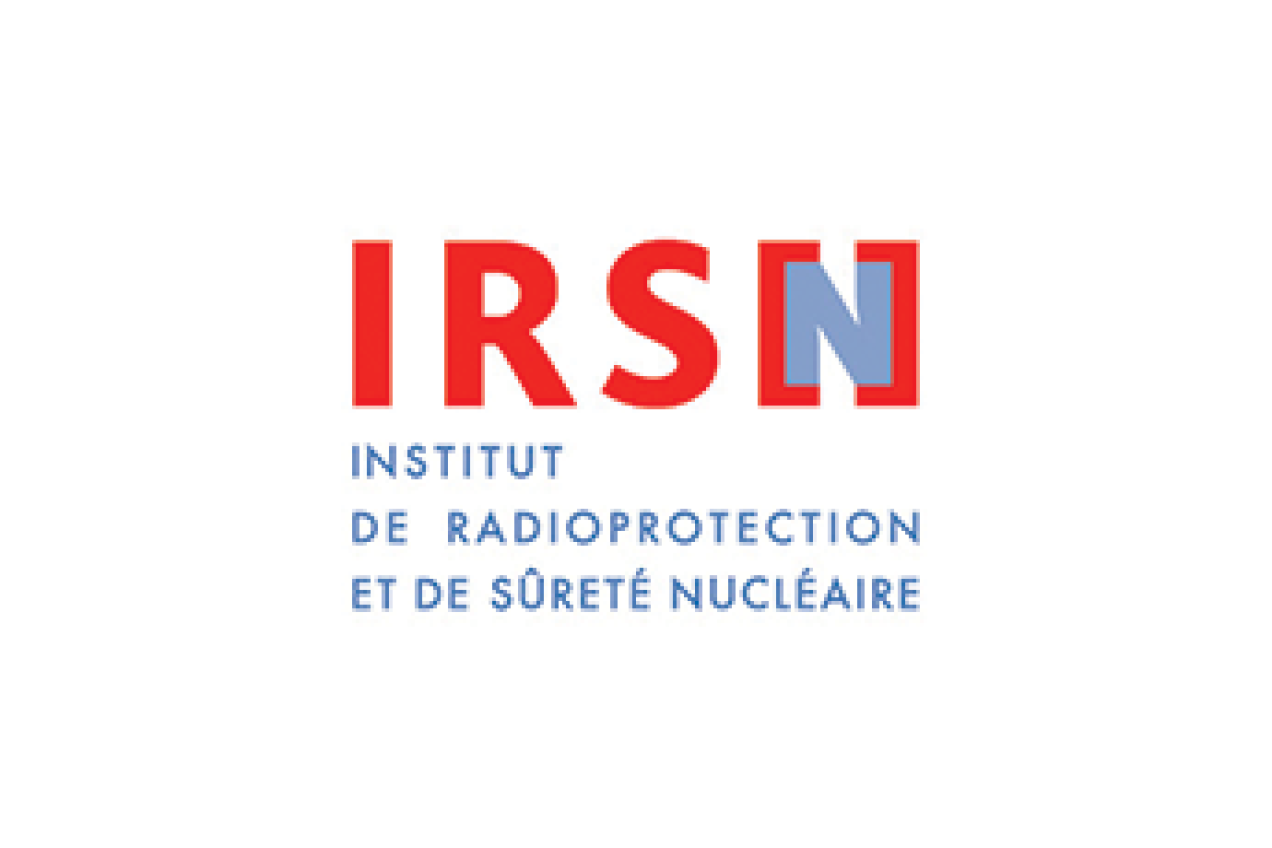IRSN
Institut de Radioprotection et de Sureté Nucléaire (IRSN)

Description of the legal entity
The Institut de Radioprotection et de Sûreté Nucléaire (IRSN, www.irsn.fr) gathers more than 1700 experts and researchers. It carries out research, analysis and work in the fields of nuclear safety, protection against ionising rays, control and protection of nuclear materials and protection against acts of malevolence. IRSN plays an active role in providing information to the public within its fields of expertise: nuclear and radiological risks.
In the domain of materials ageing, IRSN performs research activities regarding processes associated with irradiation effect occurring in nuclear materials. This Research involves the development of theoretical and numerical methods.
As a Technical Safety Organization (TSO), IRSN analyses the files submitted by the utility concerning materials used in nuclear plants and assesses the impact of their ageing with respect to safety and protection against radiations.
In the frame of the French “Institut de Radioprotection et de Sûreté Nucléaire” (IRSN) research program on nuclear fuel safety under accident conditions, and in collaboration with the French “Centre National de Recherche Scientifique” (CNRS) and more specifically with the French “Laboratoire de Mécanique et Génie Civil” (LMGC), a computational micromechanical approach has been developed to analyse the effects of the microstructure heterogeneity on material behaviour. The micromechanical approach rests on the concept of Frictional Cohesive Zone Model (FCZM). The FCZMs allow the simulation of crack initiation, crack propagation and post-fracture non-smooth behaviour on the crack lips such as frictional contact.
This cohesive volumetric approach in the finite strain theory offers an ideal framework to treat the fragile and ductile tearing. In particular, the generic approach can be applied to small scale tests. The associated software, XPER, implements the generic framework. It allows simulating the dynamic multi-fissuration of heterogeneous materials at finite strain.
Profile of staff members involved
- Mr Pierre-Guy Vincent (male): scientist in mechanics of solids and mechanical engineering. He got his PhD in solid mechanics in 2007. His thesis, jointly supported by IRSN and CNRS, dealt with the mechanical behavior of highly irradiated UO2 fuel. After his PhD, he joined the Mechanical Physics and Thermal-Mechanics Laboratory of the Reactor Transients and Accidents Department of the IRSN.
A post-doctoral fellow will be recruited for a 18 month period.
Relevant publications, and/or products, services
- Chakraborty P., Bulent Biner S., “A unified cohesive zone approach to model the ductile to brittle transition of fracture toughness in reactor pressure vessel steels” (2014), Engineering Fracture Mechanics 131
- Haller X., Monerie Y., Pagano S., Vincent P.-G., “Elastic behavior of porous media with spherical nanovoids” (2016), International Journal of Solids and Structures 84: 99-109
- Boittina G., Vincent P.-G., Moulinecb H., Garajeu M., “Numerical simulations and modeling of the effective plastic flow surface of a biporous material with pressurized intergranular voids” (2017), Comput. Methods Appl. Mech. Engrg. 323: 174-201
- Joëssel L., Vincent P.-G., Garajeu M., Idiart M., “Viscoplasticity of voided cubic crystals under hydrostatic loading” (2018), International Journal of Solids and Structures 147: 156-165
- Dubois F., Monerie Y., Perales F., Topin V., “Xper et ApoloGRIFF: Des platerformes numériques pour l'étude des interactions multiphysiques entre corps” (2013), 11e Colloque National en Calcul des Structures, 13-17 May 2013, Giens, France
Relevant previous projects or activities
Participation to European projects:
- PERFORM-60 (as end user)
- NURESAFE
- SOTERIA
- ATLAS+
Significant infrastructure and/or any major items of technical equipment
The work will rely on numerical simulation using the XPER computer code developed by IRSN. The IRSN computer clusters will be used.
